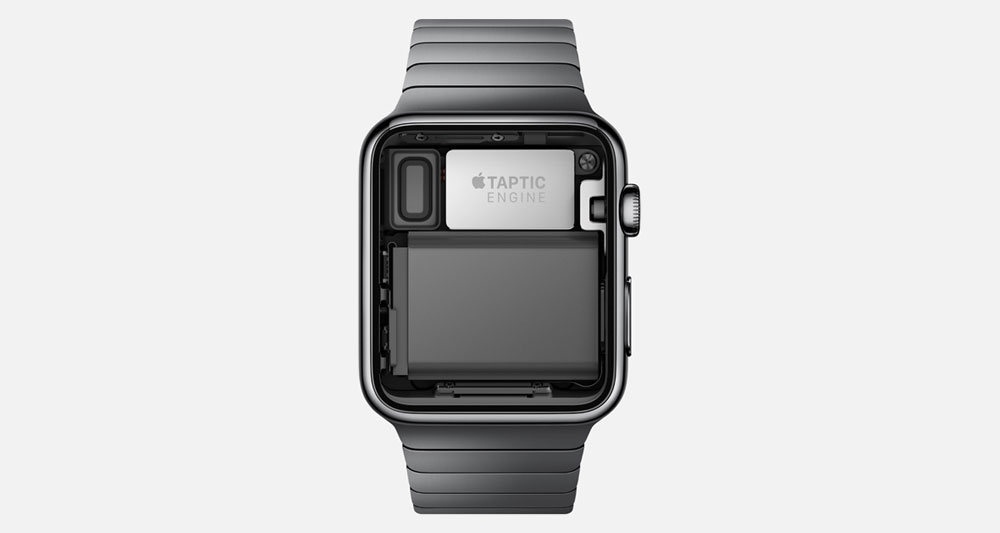
Touch: A new frontier for Apple Watch
Technology for the past eight years or so has heavily relied on visuals, and thus our eyes, to help us determine where to go and how to interact with products and services. When we pick up our iPhones or iPads, we almost always have to be looking at the display in order to navigate from one section of an app to another, or even just to move between various OS-level functions and toggles.
But something about the Apple Watch is different. And to me, that difference is its reliance on another one of our senses: Touch. Yes, I know the iPhone is a touchscreen device, but even when you’re touching various graphical elements on the display, there really is no sense of “feel” in those touches. You’re touching an input device that doesn’t really respond back. It truly feels like an inanimate object, a slab of glass that won’t let you know what’s up unless you keep your eyes fixed to the screen.
But with the Watch, Apple has introduced its Taptic engine, whose goal is to help alert you to various items through various taps on your wrist. These taps are not audible and can’t even be detected by the person next to you. The idea is clearly to take advantage of your body’s ability to “feel,” and Apple is putting this to good use by taking advantage of the new paradigm as it benefits a variety of tasks.

One example, as explained by Apple, is the Watch’s ability to tap you when you need to make a turn along some GPS-plotted course. The fact that you can be tapped and told in silence “Hey, get ready to take a right turn!” is a far different — and by my expectations, a far better — experience than having some semi-robotic voice tell you that it’s time to hang a quick right.
Another example, of course, is the communications feature built right into Apple Watch. I can send my wife my heartbeat or a couple taps to let her know I’m on my way. This is very different than sending a text message, and it proves that sometimes things can be conveyed without words.
Take, for example, a hug or a kiss. These expressions take very little advantage of our ability to see or hear. In fact, most folks seem to close their eyes the entire time anyway (and I’m not bad to look at, so that can’t be it). But these aren’t visual expressions. Instead, they take advantage of our ability to feel — physically and emotionally — which has been proven to have a more genuinely communicative interpersonal effect. Or, at least, it makes for a deeper one. In a way, touching is actually more human. Think about it: What’s more effective: me telling someone “I’m sorry” with a glassy, hangdog look in my eyes, or me telling someone “I’m sorry” while hugging them at the same time? It’s a lot harder to fake an embrace than a facial expression, so touch has a way of underscoring things that other avenues can’t really…touch.
Touch is a truly new frontier for consumer electronics. And it’s something that I believe is trying to make technology less about chips, RAM, and pixels and more about our interactions which each other as human beings.